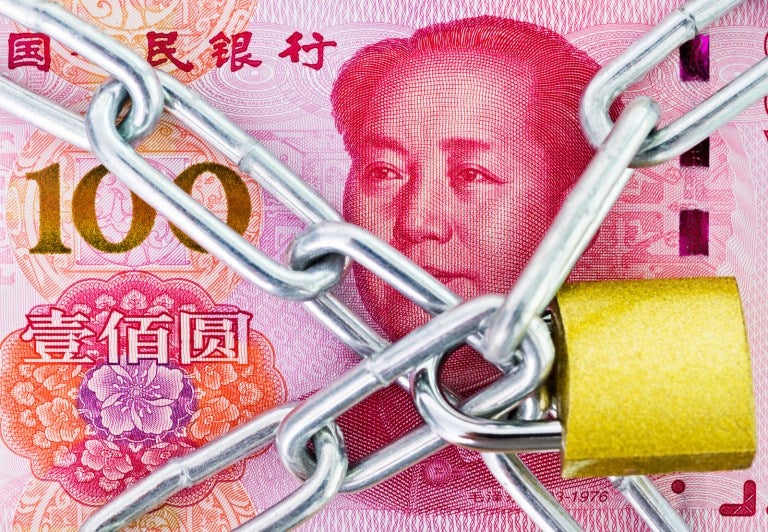
Chinese commercial banks’ non-performing loan (NPL) ratio is expected to continue climbing in the second quarter of this year, albeit at a slower pace.
Data from the Chinese Banking and Insurance Regulatory Commission (CBIRC) indicates that the NPL ratio (defined as total NPLs over total loans) of the country’s commercial banking sector, currently at 2.04%, is expected to rise in the second quarter.
Under the pressure of the covid-19 pandemic, companies’ operations are deteriorating and overall economic growth is cooling. The resulting slump led to an increase in loan defaults, repayment delays, and bad loans in the first quarter.
The banking sector extended 2.5tn yuan ($352.87bn) in new credit support to firms, shops and individual businesses in the first quarter, twice as much as in the same period last year, according to the CBIRC.
The first-quarter insurance payout reached 301.9bn yuan this year, said CBIRC vice chairman Huang Hong.
Higher tolerance for NPLs
Earlier this year, the Chinese banking regulator raised its tolerance level to NPLs in response to the coronavirus outbreak. Local branches of financial institutions were encouraged to write off some bad loans to lower the NPL ratio.
How well do you really know your competitors?
Access the most comprehensive Company Profiles on the market, powered by GlobalData. Save hours of research. Gain competitive edge.

Thank you!
Your download email will arrive shortly
Not ready to buy yet? Download a free sample
We are confident about the unique quality of our Company Profiles. However, we want you to make the most beneficial decision for your business, so we offer a free sample that you can download by submitting the below form
By GlobalDataEven prior to the coronavirus outbreak, the pace of bad debt build-up had shown no signs of slowing as the world’s second-largest economy faced persistently weakening domestic demand and trade friction with the United States.
To handle the mountains of bad loans, Chinese banks accelerated the pace of bad loan disposal two years ago.
Banks also increasingly turned to unconventional measures such as asset-backed securities and debt-for-equity swaps and increased their loan loss reserves by 676.2bn yuan over the prior year to 3.7tn yuan to shore up their ability to fend off risks.
Despite current uncertainties, Chinese authorities believe the banking sector’s liquidity conditions are stable enough to help absorb some of the shocks to the system.






